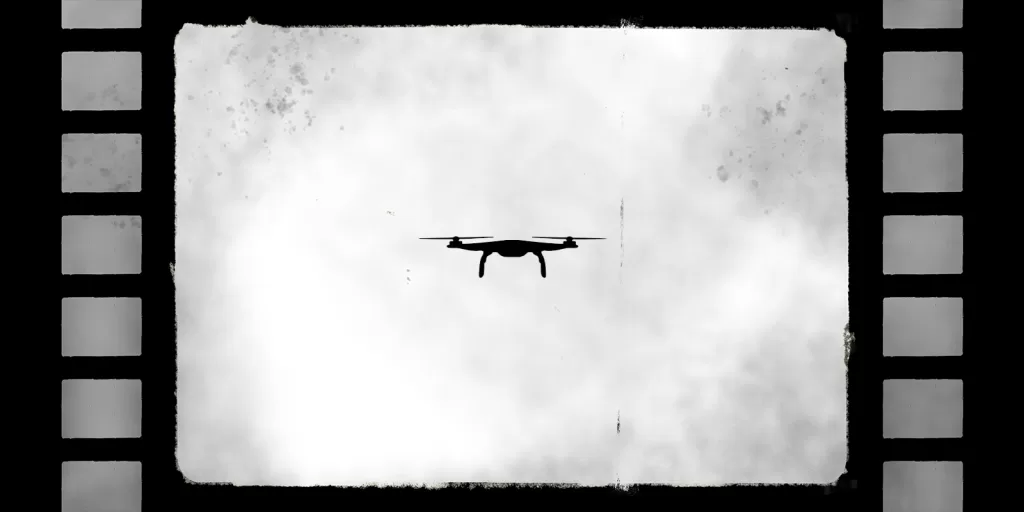
Drone filmmaking isn’t just about creating beautiful visuals—it’s a business strategy that can elevate your brand and boost your profits. Whether you’re selling your services to real estate companies, tourism boards, or production studios, the ability to tell a compelling story with your drone footage can set you apart from the competition. Stories captivate audiences, and when done well, they keep clients coming back for more.
In this article, we’ll explore how to master the art of storytelling in cinematic drone filmmaking. By focusing on sequences, visual intrigue, and resolutions, you’ll learn how to create narratives that not only engage viewers but also drive business success.
Understanding Sequences
A sequence is a collection of shots, typically three to five, arranged to move the story forward. This foundational concept in filmmaking plays a critical role in maintaining audience engagement. Poorly constructed sequences can confuse viewers or fail to hold their attention.
A well-executed sequence is more than just a series of clips; it’s a deliberate arrangement of visuals that guide the audience through the narrative. Each shot serves a purpose—whether it’s to introduce a setting, build intrigue, or provide resolution. How you assemble and structure these shots can significantly influence the tone and the audience’s perception of characters and events.
For example, a drone shot of a serene coastline can evoke calmness, inviting the audience into a peaceful scene. Contrast this with the same coastline under stormy skies—now you have tension and drama. The difference lies in how the shots are presented, demonstrating the power of sequencing to shape emotions and perspectives.
Sequences also function as storytelling bridges, connecting one part of your narrative to the next. They keep the momentum going, ensuring that viewers remain engaged and invested in the unfolding story. Whether it’s a transition from an exterior shot of a building to an interior scene or a progression from day to night, sequences create continuity and rhythm, essential for captivating storytelling.
The Power of Questions and Answers
An effective sequence thrives on the principle of posing questions and delivering answers. Each shot should subtly prompt the viewer to ask questions, such as: “Who is this?” “What’s happening?” or “Why are they doing this?” Subsequent shots should provide answers to maintain engagement.
Consider this example: Start with an aerial shot of a snowy landscape, establishing a cold, unwelcoming environment. Transition to a close-up of gloved hands unlocking a mysterious object. Who is this person? What are they unlocking? Finally, reveal a wide shot of the person entering a rustic cabin. Each shot builds intrigue and resolves questions in a satisfying manner.
Posing questions keeps your audience curious and engaged, while answering them creates a sense of progression and reward. Striking the right balance ensures that your story remains compelling without overwhelming viewers with too many unanswered questions or overly obvious resolutions. This interplay of curiosity and clarity is a hallmark of effective storytelling.
Resolution: The Key to Satisfaction
Every sequence should have a clear resolution. Just as a story requires a beginning, middle, and end, so too does a sequence. A strong resolution ties the narrative threads together, providing viewers with a sense of completion and setting the stage for what’s next.
For instance, imagine your drone captures a scene of someone cutting holes in shipping containers. The resolution could reveal the purpose: constructing a creative studio space. This transformation from confusion to clarity not only satisfies your audience but also gives them a deeper understanding of the story you’re telling. Whether it’s revealing the culmination of a character’s effort or showcasing the final moments of an event, a well-thought-out resolution leaves a lasting impression.
Remember, resolution doesn’t mean the end of the entire narrative—it can simply signify the conclusion of a segment. For drone filmmakers, this might mean using a wide shot to reveal the results of a process, like a completed structure or an expansive view of a journey’s destination. It’s this sense of closure that keeps viewers invested in what’s to come.
Show, Don’t Tell
One of the golden rules of filmmaking is “show, don’t tell.” Visual storytelling is most impactful when actions, settings, and emotions are conveyed without excessive exposition.
For drone filmmakers, this might mean skipping the verbal explanation of a journey to the grocery store for supplies. Instead, start with an aerial shot of the parking lot, zoom in on a person selecting items, and transition to a home where those items are being used. Let the visuals speak for themselves, allowing viewers to deduce the story.
Expanding on this, showing rather than telling enables your audience to engage more deeply with your content. For example, instead of narrating that a storm is approaching, use a sequence of drone shots: trees swaying in the wind, waves crashing against rocks, and dark clouds rolling in. These visual cues evoke emotion and anticipation, drawing viewers into the unfolding story. The goal is to let your audience feel like active participants, piecing together the narrative themselves.
Crafting Cinematic Sequences with Drones
To elevate your storytelling with drones:
- Establish a Setting: Use wide-angle shots to set the scene and establish context. For example, a sweeping drone shot of a misty forest can instantly immerse viewers in the environment, setting the tone for an adventure or mystery. Pay attention to lighting and weather conditions to enhance the atmosphere—a sunrise adds warmth, while an overcast sky introduces drama.
- Create Intrigue: Incorporate close-ups or mid-shots to introduce mystery or detail. A mid-shot of someone walking through the forest, paired with a close-up of their boots crunching leaves, can pique curiosity. Who are they? Where are they going? These details pull the audience deeper into the story.
- Build Momentum: Use dynamic transitions—like zooms, pans, or tilts—to propel the narrative. For instance, you can follow a hiker ascending a mountain trail, switching between an upward tilt to capture the climb and a sweeping pan to reveal the breathtaking landscape. These transitions keep the audience engaged and convey progression.
- Resolve with Purpose: Conclude sequences with shots that tie the story together, leaving no loose ends. If the sequence starts with a lone figure hiking through the forest, it might end with a wide shot of them reaching a stunning overlook. This not only provides closure but also delivers a sense of accomplishment or emotional resonance.
Enhancing with Tools and Techniques
Leveraging resources like stock footage, sound effects, and graphic elements can enrich your sequences. For instance, if natural snowfall isn’t available, digital snow overlays can help you achieve the desired atmosphere.
Additionally, lighting plays a significant role in visual storytelling. Using portable lights to highlight key areas can elevate the cinematic quality of your drone footage, especially in low-light conditions. A well-lit shot not only highlights your subject but can also create depth and mood. For example, a soft backlight can add a halo effect to your subject, while strategic side lighting can bring out textures and details in the landscape.
Experiment with different types of lighting setups, such as LED panels or spotlights, to enhance the visual impact of your shots. Combine these tools with natural light sources—like golden hour sunrises or moody overcast skies—for a balanced and cinematic effect. Don’t hesitate to use post-production tools to fine-tune the lighting and add polish to your final footage.
Sound design is another powerful enhancement. The addition of ambient sounds, like rustling leaves or distant waves, can make your sequences more immersive. High-quality sound effects or royalty-free tracks can complement the mood, ensuring your visuals and audio work together harmoniously.
The Takeaway
Cinematic drone filmmaking is an art that thrives on thoughtful sequencing, visual intrigue, and creative resolutions. By applying these techniques, you can transform your footage into compelling narratives that captivate and engage your audience. Remember, every sequence should have a beginning, a middle, and an end—the fundamental structure of storytelling.
Master these elements, and your drone will not only capture stunning visuals but also tell stories that linger in the minds of your viewers—and in the minds of your paying clients.
If you have any questions, let us know! If you’d like to hire us, you can get more information here.
Written by: Tony Marino, MBA – FAA Certified Part 107 Commercial Drone Pilot and Chief Business Strategist at Aerial Northwest
Disclaimer: The information provided in this blog post is for general informational purposes only and should not be construed as legal advice.
Resources
- FAA Resources: FAA DroneZone
- Article: Drone Pilot Aerial Photography Business Plan Blueprint 2024
- Article: Top 5 Drone Pilot Marketing Channels for 2024
- The Art of Visual Storytelling
- Cinematic Drone Techniques for Storytelling
- Lighting Techniques for Filmmakers
- Sound Design Essentials for Filmmakers
- Enhancing Video with Stock Footage
- The Importance of Sequences in Storytelling
- Drone Filmmaking Tips for Beginners
Starting Your Own Drone Service Business
Pick up your copy today on Amazon and wherever fine books are sold.
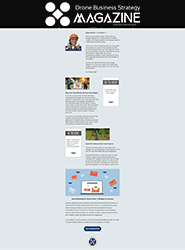
DRONE BUSINESS STRATEGY MAGAZINE
A free digital publication made exclusively for all small business drone pilots to them help start-up, become profitable while sustaining a competitive advantage within the drone service industry sector they opt to serve.
“If you love to fly, we’d love to have you come aboard!”
We share your information with no one. Our Privacy Policy.


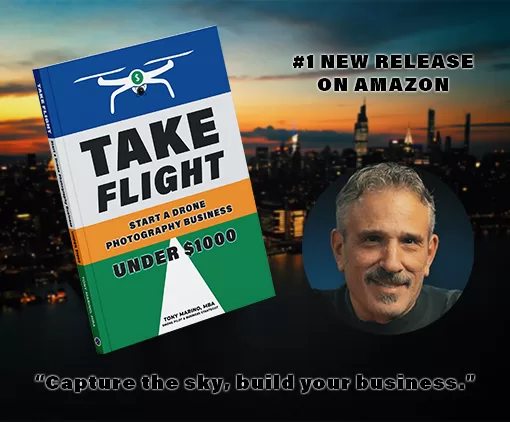
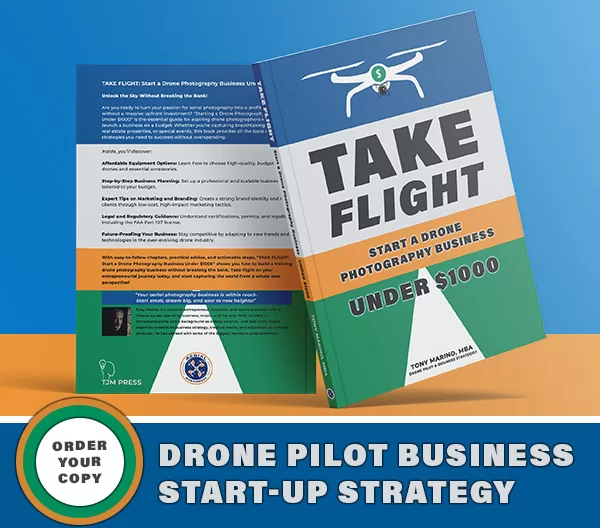





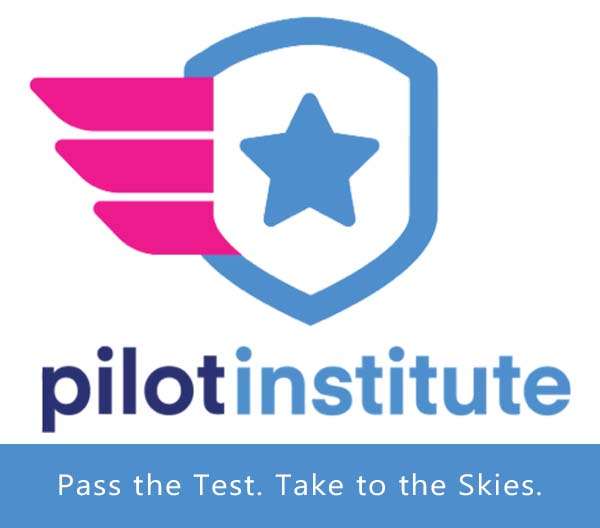
Leave a Reply
Your email is always safe with us.